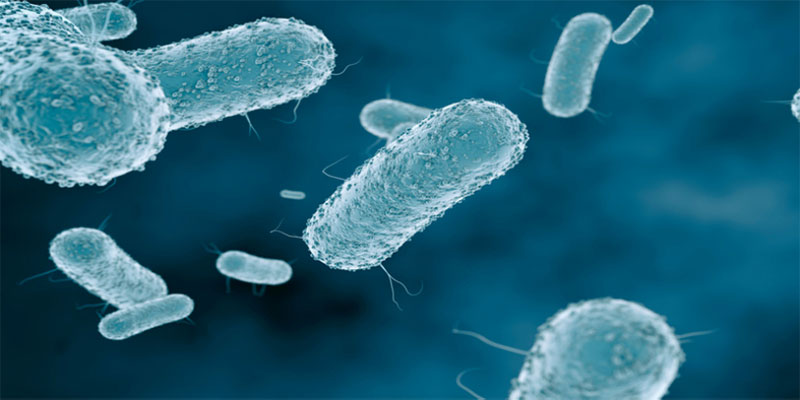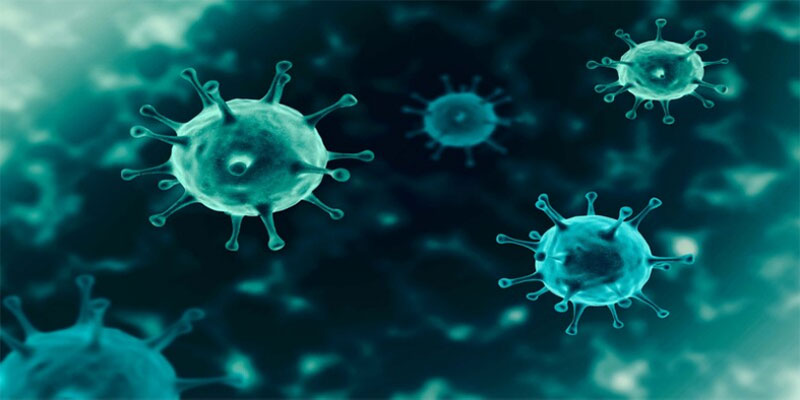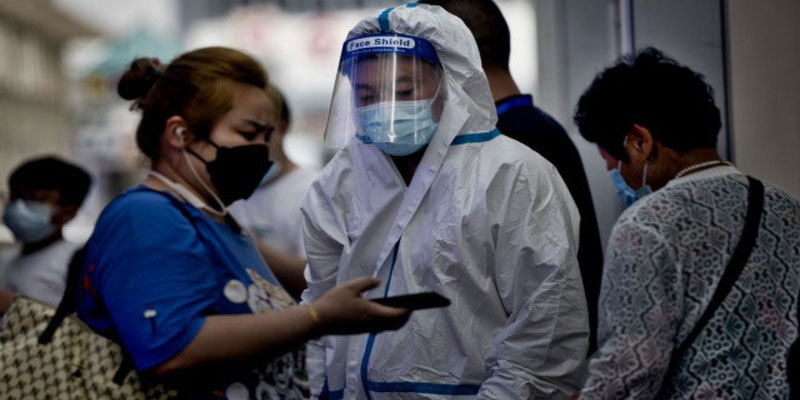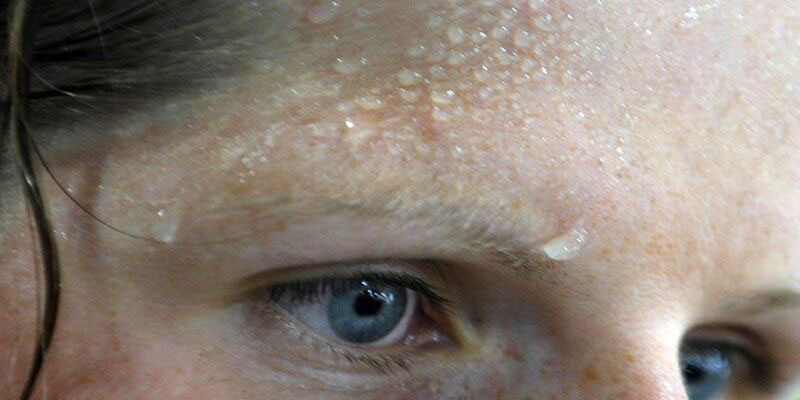Various microorganisms, including viruses and bacteria, may cause human sickness. While they may be similar in size, there are significant distinctions between them. Bacteria are microscopic, single-celled creatures that are almost ubiquitous on our planet. They can self-replicate and thrive in a wide range of conditions. Diseases of the skin, lungs, and tummy may all be brought on by bacteria. The gut bacteria that aid digestion is an example of the helpful bacteria humans need. On the other hand, viruses are very microscopic compared to bacteria and can only multiply inside a host cell. They are a potential source of many infections, from the typical cold and flu to HIV/AIDS and COVID-19.
What Makes Viruses Different From Bacteria?
Size:
One of the most important differences between viruses and bacteria is that viruses are much smaller than bacteria. When compared to bacteria, the diameter of a virus ranges from 20 to 300 nanometers, which places it in a substantially smaller category. In general, the size of bacteria may range anywhere from 0.2 to 10 micrometers. Therefore, this is about one hundred times smaller. Viruses are so little that the only way to see them is with the use of a microscope.
Reproduction:
One major distinction between viruses and bacteria is how they replicate. Bacteria can reproduce independently, but viruses need a host cell. When a virus infects a host cell, it uses the host cell's reproduction mechanisms to make more copies of itself. The host cell may be damaged or even destroyed during this procedure. On the other hand, bacteria may replicate their population without the help of a host cell. Binary fission allows the bacteria to divide into two daughter cells, allowing the bacterial population to grow.
The Resulting Illnesses:

The human population is vulnerable to attack from both viruses and bacteria. The typical cold, flu, and more severe diseases like HIV/AIDS and COVID-19 are all caused by viruses. Symptoms like fever, exhaustion and respiratory difficulties are brought on by the virus invading and multiplying inside the body's cells, which causes these disorders. In humans, bacteria may cause a wide range of health problems, including but not limited to skin infections, lung infections, gastrointestinal infections, and even pneumonia and urinary tract infections. The development of pathogenic bacteria inside a host organism is the root of many illnesses.
Treatment:
The drug may be used to treat viral and bacterial infections, but taking the correct medication for the specific microorganism is crucial. To combat bacterial infections, antibiotics are prescribed, whereas antiviral drugs are used to combat viral infections. Antibiotics are only useful for bacterial infections, not viral ones. This is because antibiotics kill bacteria by interfering with their utilization of specialized structures and chemical processes that are absent in viruses.
Drug-Resistant Bacteria:
Antibiotic-resistant microorganisms may arise through the misuse or overuse of antibiotics. This happens when bacteria change such that antibiotics can no longer treat them. In addition to being more difficult to cure, antibiotic-resistant bacteria pose a greater public health risk. Resistance to antibiotics among bacteria is a major health risk because it may facilitate the spread of illnesses that are hard to cure. Antibiotic resistance may be avoided if antibiotics are used sparingly and appropriately.
Vaccines:
Vaccines have a crucial role in stopping the spread of bacterial and viral infectious diseases. Vaccines protect against infection by introducing a weakened virus or bacterium into the body. This prepares the immune system to identify and fight off the illness promptly should the person be later exposed to the genuine virus or bacterium.
Spread:

The transmission of germs and viruses may occur via several different channels. Viral infections are often conveyed by saliva, mucus, and other respiratory secretions, either by breathing them in or coming into close contact with infected people.
Conclusion
Various microorganisms, including viruses and bacteria, may cause human sickness. While they may be similar in size, there are significant distinctions between them. Viruses are tiny compared to bacteria and can only multiply inside a living cell. The common cold, influenza, and even more severe diseases like HIV/AIDS and COVID-19 may all be caused by these organisms. Bacteria are ubiquitous, single-celled organisms that may trigger various symptoms, including but not limited to skin, respiratory, and gastrointestinal illnesses. Antibiotics and antiviral drugs are effective against bacterial and viral infections, respectively.




